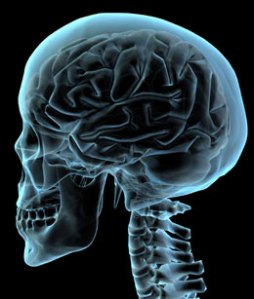Investigating the Psychological Autopsy
One of the most interesting aspects of studying criminal behavior and criminology is finding out why and how criminals commit a specific crime. It’s really the complicated and daunting task of finding out what makes an individual tick and hopefully learning more about their criminal pattern of behavior in the process. That is why it’s so important that every crime scene be treated as unique and investigated thoroughly.
Victimology is an information gathering tool that investigators use to help them to link a perpetrator to a victim that could ultimately solve the crime. Victimology refers to the analysis of the victim’s characteristics, such as, how they lived, who they were, how they spent their time, and then the determination of their risk assessment. Answers to these questions can lead investigators and profilers to determine the offender’s motive and MO of why and how they chose this particular victim.
I found the term psychological autopsy intriguing and it’s the extension to victimology used by investigators and profilers. A psychological autopsy is another information gathering technique that entails the review of the psychosocial aspects of a victim’s life. It reconstructs the deceased victim’s psychological state leading up to and at the time of their death. It includes the emotions, relationships, behaviors, and thoughts of the victim. The most common source collected is the interview data obtained from the family and friends of the deceased.
There are two basic types of psychological autopsies that can be performed: the suicide psychological autopsy (SPA) and equivocal death psychological autopsy (EDPA). The SPA is understanding which psychosocial factors contributed to the suicide. The EDPA is performed when a particular death is not immediately known.
The term psychological autopsy was originally coined in 1958 by psychiatrist Edwin Shneidman from the Los Angeles Suicide Center as a means to refer to a procedure that was initially designed to assist the medical examiner in clarifying deaths that were uncertain or ambiguous. It has been estimated that up to 20% of death cases have appeared to be unclear that have been presented to the medical examiner, which can’t address whether the death was the result of natural causes, accident, suicide, or murder.
Generally, those who conduct SPAs are psychologists, psychiatrists, and mental health professionals who have expertise in suicide. Psychologists and psychiatrists with a background and training in forensic pathology and death investigation usually conduct EDPAs.
I feel that it’s important not only to look at the crime scene forensics, but also to look into the victim’s background to better understand how and why they were targeted by the perpetrator. There are valuable insights that should not be overlooked in any death case through the eyes and thoughts of the deceased.
For more information on the procedure of psychological autopsy as well as an interesting read, check out the book Autopsy of a Suicidal Mind by Edwin S. Shneidman.
***
Author Blog: http://authorjenniferchase.com/
Crime Watch Blog: http://emilystonecrimewatch.wordpress.com/
Book & Crime Talk: http://blogtalkradio.com/jennifer-chase
Books: Compulsion Dead Game Dark Mind Dead Burn Silent Partner Screenwriting
Comment
-
Comment by Lucie Smoker on September 27, 2013 at 1:38pm
-
Fascinating. Thank you for sharing your research.
Welcome to
CrimeSpace
CrimeSpace Google Search
© 2025 Created by Daniel Hatadi.
Powered by
![]()

You need to be a member of CrimeSpace to add comments!